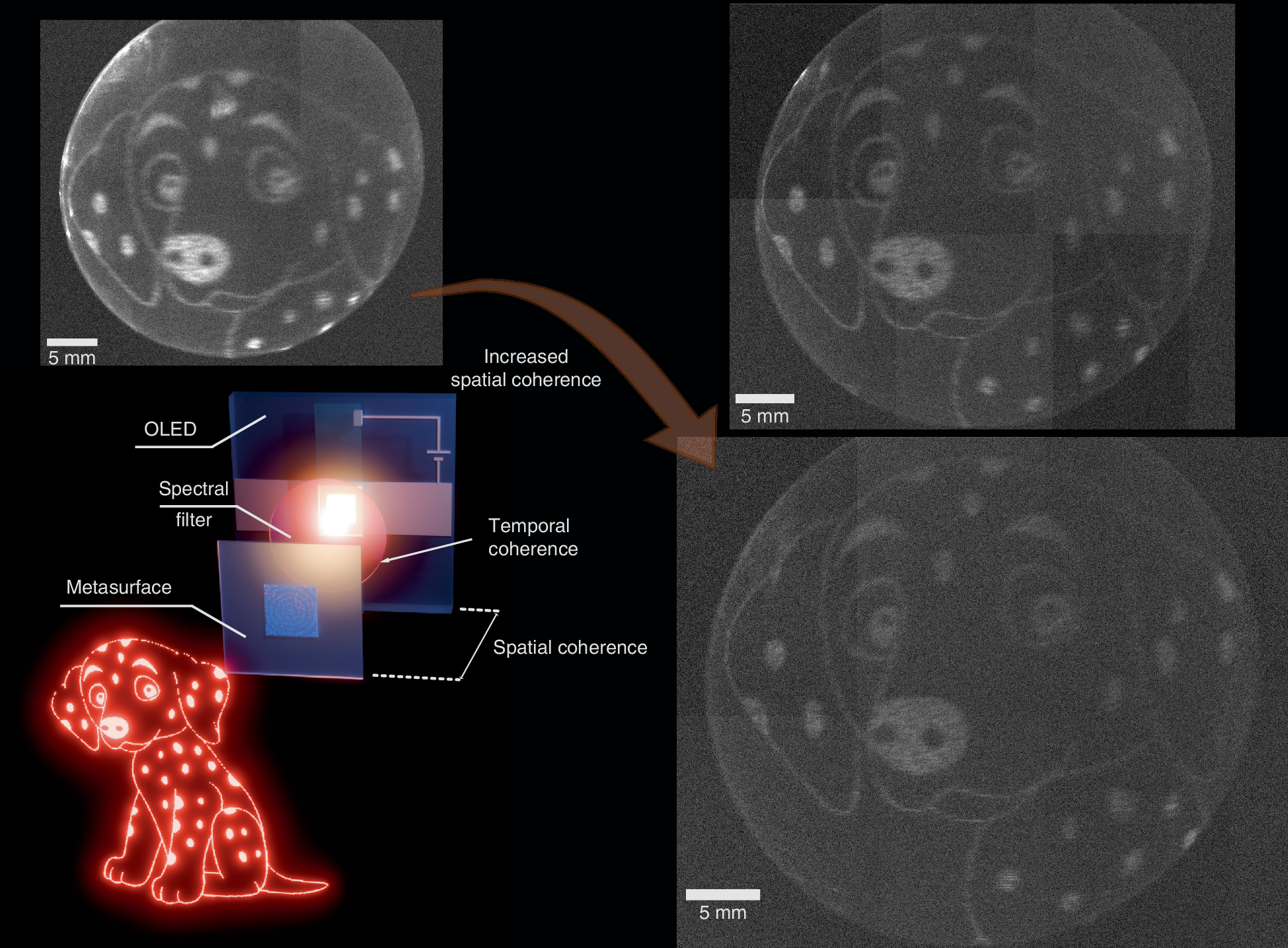Researchers Achieve Breakthrough in Holographic Technology Using OLEDs and Metasurfaces
Researchers at the University of St Andrews have achieved a major breakthrough in holographic technology by integrating OLEDs with metasurfaces, enabling compact, cost-effective, and high-resolution holographic displays for consumer devices.

A team of physicists from the University of St Andrews has announced a significant advancement in holographic display technology, unveiling a new optoelectronic device that combines Organic Light-Emitting Diodes (OLEDs) with holographic metasurfaces. The breakthrough, published on September 14, 2025, in the journal Light: Science & Applications, could pave the way for practical, miniaturized holographic displays in smartphones, augmented reality, and other consumer electronics.
Until now, the generation of holograms has typically relied on bulky and expensive laser-based systems, limiting their integration into everyday devices. The St Andrews researchers demonstrated that by pairing OLEDs—already widely used in mobile phone and television screens—with engineered metasurfaces, it is possible to project complex holographic images using a much simpler and more compact setup. This approach not only reduces the size and cost of holographic displays but also overcomes key technical barriers that have hindered the widespread adoption of holography.
OLEDs are thin-film light sources that emit light across their surface, making them ideal for integration with other optical components. Metasurfaces, on the other hand, are ultra-thin layers composed of nanoscale structures—meta-atoms—that can precisely manipulate light at each pixel. By carefully designing the shape and arrangement of these meta-atoms, the researchers enabled each pixel of the metasurface to control the phase and direction of light, creating detailed holographic images through light interference.
Professor Ifor Samuel, one of the lead researchers, emphasized the significance of the development: "We are excited to demonstrate this new direction for OLEDs. By combining OLEDs with metasurfaces, we also open a new way of generating holograms and shaping light." His colleague, Professor Andrea Di Falco, added that this innovation removes a major technological barrier, potentially transforming the architecture of holographic displays for applications in virtual and augmented reality.
The new device allows a complete holographic image to be projected from a single OLED pixel, a feat previously unattainable with conventional OLED technology. This could lead to highly integrated, miniaturized displays suitable for next-generation smart devices, gaming, and advanced communication systems. The research team believes their approach will also benefit fields such as biophotonics, sensing, and anti-counterfeiting technologies.
How OLED-Metasurface Integration Works
The core of the breakthrough lies in the synergy between OLEDs and metasurfaces. When light from an OLED passes through the metasurface, each meta-atom modifies the light's properties, such as its phase and polarization. By engineering these modifications across the surface, the device can reconstruct a pre-designed holographic image on the other side, exploiting the principles of light interference. This method is not only more efficient but also scalable for mass production.
Implications for Consumer Technology and Beyond
Experts suggest that this innovation could revolutionize the way holographic content is delivered in consumer electronics, making it feasible to embed high-quality holographic displays in smartphones, wearable devices, and even automotive heads-up displays. The technology's compactness and cost-effectiveness also open new possibilities for secure data storage, anti-counterfeiting measures, and advanced medical imaging. As the research moves toward commercialization, industry observers anticipate rapid adoption in sectors eager for immersive and interactive visual experiences.
Sources
-
SciTechDaily From Sci-Fi to Reality: New Breakthrough Could Bri...
-
European Materials Resear... conference - European Materials Research Society
-
Nature (Light: Science &... OLED illuminated metasurfaces for holographic imag...
-
The Courier St Andrews scientists create new holographic displ...
-
Heise Online Neue Hologramm-Technologie aus Schottland: OLEDs u...